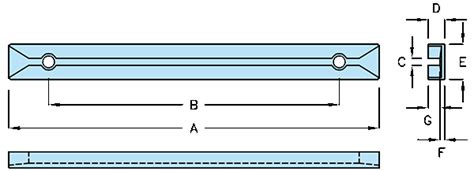
ALL ABOUT FLEX PCB
-
Round PCB: An In-depth Guide
Posted by
–
 Read more: Round PCB: An In-depth Guide
Read more: Round PCB: An In-depth GuideIntroduction to Round PCBs Round printed circuit boards (PCBs) are a unique and specialized type of PCB that offers several advantages over traditional rectangular designs. Unlike standard rectangular PCBs, round PCBs have a circular shape, which can provide benefits such as improved signal integrity, reduced electromagnetic interference (EMI), and enhanced […]
-
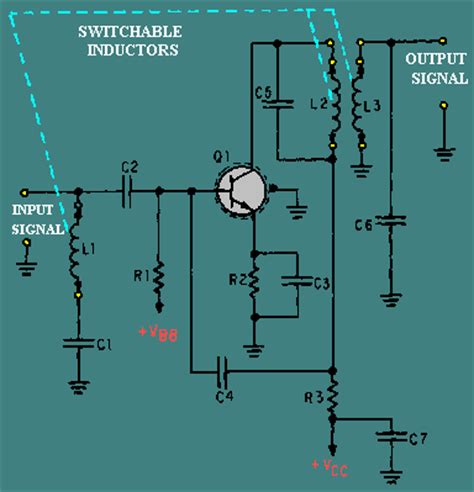 Read more: The Ultimate Application Guide for RF Amplifier Design
Read more: The Ultimate Application Guide for RF Amplifier DesignIntroduction to RF Amplifiers An RF (radio frequency) amplifier is an electronic device or circuit that increases the power of an RF signal. RF amplifiers are essential components in many wireless communication systems, including cellular networks, Wi-Fi, Bluetooth, and satellite communications. They are used to boost the signal strength of […]
-
BCM2835: What is it and What Does it Do?
Posted by
–
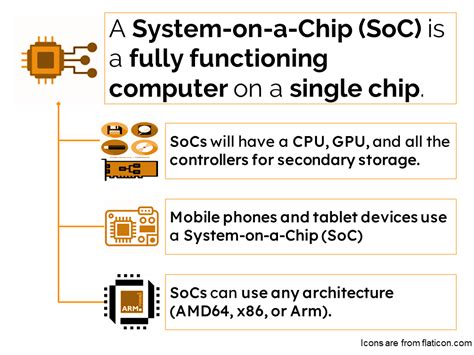 Read more: BCM2835: What is it and What Does it Do?
Read more: BCM2835: What is it and What Does it Do?What is a System on a Chip (SoC)? Before we delve into the specifics of the BCM2835, let’s first understand what a System on a Chip (SoC) is. An SoC is a single integrated circuit that combines various components of a computer or electronic system onto a single chip. These […]
-
TTL vs. CMOS: Integrated Circuit Logic Families
Posted by
–
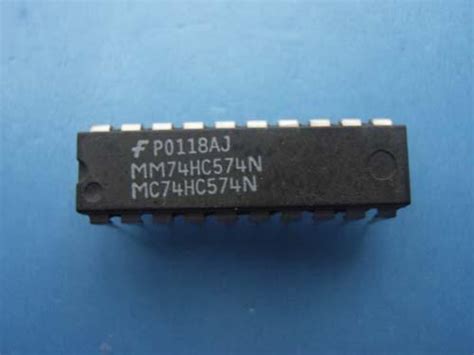 Read more: TTL vs. CMOS: Integrated Circuit Logic Families
Read more: TTL vs. CMOS: Integrated Circuit Logic FamiliesIntroduction to Logic Families Before diving into the specifics of TTL and CMOS, let’s briefly discuss what logic families are and their importance in digital electronics. What are Logic Families? Logic families are groups of integrated circuits that share similar design characteristics, voltage levels, and performance specifications. They define the […]
-
RF Amplifier – 5 Steps to Design an RF Amplifier
Posted by
–
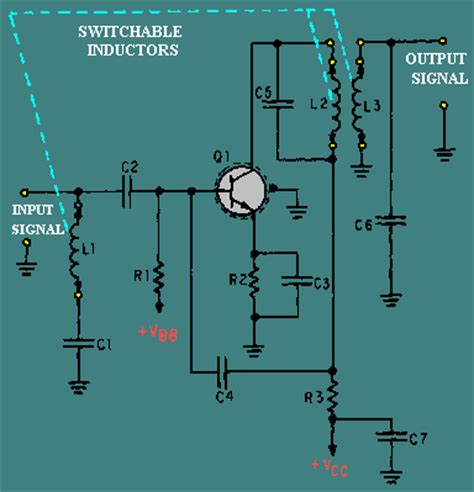 Read more: RF Amplifier – 5 Steps to Design an RF Amplifier
Read more: RF Amplifier – 5 Steps to Design an RF AmplifierIntroduction to RF Amplifier Design Radio Frequency (RF) amplifiers are essential components in wireless communication systems, responsible for amplifying weak signals to enable effective transmission and reception. Designing an RF amplifier involves careful consideration of various factors such as frequency range, gain, linearity, noise figure, and power efficiency. In this […]
-
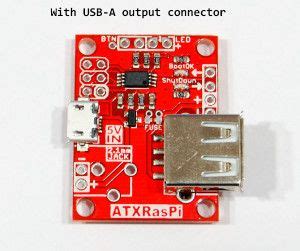 Read more: DIY electronics-The Ultimate Guide to How to Make it Easy
Read more: DIY electronics-The Ultimate Guide to How to Make it EasyWhat is DIY Electronics? DIY electronics involves building electronic circuits and devices yourself, rather than buying pre-made consumer electronics products. It’s a hands-on way to learn about how electronics work while creating useful and interesting projects. With DIY electronics, the possibilities are endless – you can make anything from a […]
-
DC Voltage: A Detailed Overview on How DC Works
Posted by
–
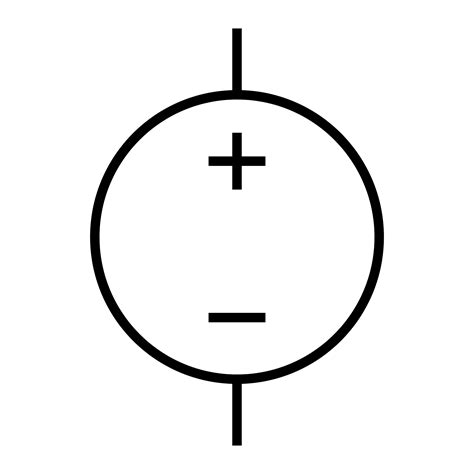 Read more: DC Voltage: A Detailed Overview on How DC Works
Read more: DC Voltage: A Detailed Overview on How DC WorksWhat is DC Voltage? DC voltage refers to the constant, unidirectional flow of electric current in a circuit. Unlike alternating current (AC), which periodically reverses direction, DC current maintains a consistent flow from the positive terminal to the negative terminal of a power source. This steady flow of electrons provides […]
-
Simple Parallel Circuit: A Definitive Guide
Posted by
–
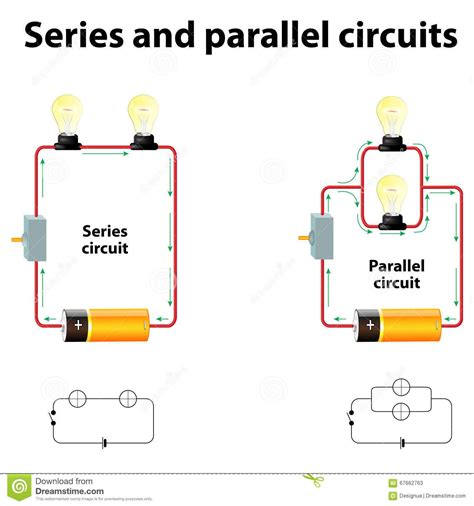 Read more: Simple Parallel Circuit: A Definitive Guide
Read more: Simple Parallel Circuit: A Definitive GuideWhat is a Parallel Circuit? A parallel circuit is a type of electrical circuit where the components are connected in parallel, meaning that the current has multiple paths to flow through. In a parallel circuit, the voltage across each component is the same, but the current flowing through each component […]
-
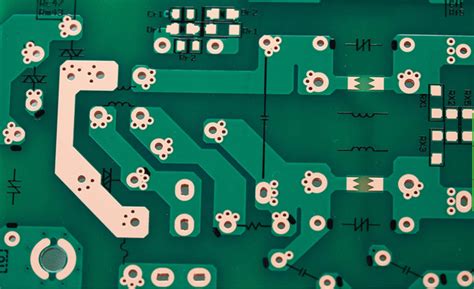 Read more: The Ultimate Guide to PCB Solderability Test and Functionality
Read more: The Ultimate Guide to PCB Solderability Test and FunctionalityWhat is PCB Solderability? PCB solderability refers to the ability of a printed circuit board (PCB) to be soldered easily and effectively. It is a critical factor in ensuring the reliability and functionality of electronic devices. Solderability is influenced by various factors such as the surface finish of the PCB, […]
-
PCB Guard Ring And The Significance In A Circuit
Posted by
–
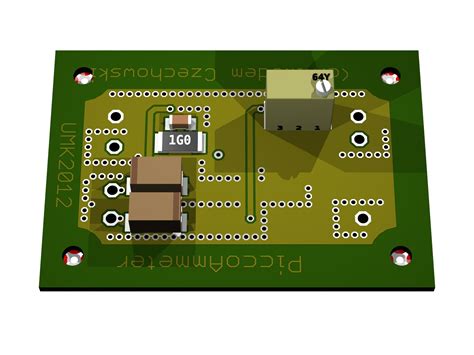 Read more: PCB Guard Ring And The Significance In A Circuit
Read more: PCB Guard Ring And The Significance In A CircuitWhat is a PCB Guard Ring? A PCB guard ring is a conductive trace or layer that surrounds a specific area on a printed circuit board. It is typically connected to the ground plane or a low-impedance reference point, such as a power supply or a dedicated ground pin. The […]




